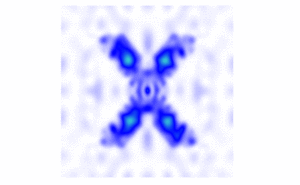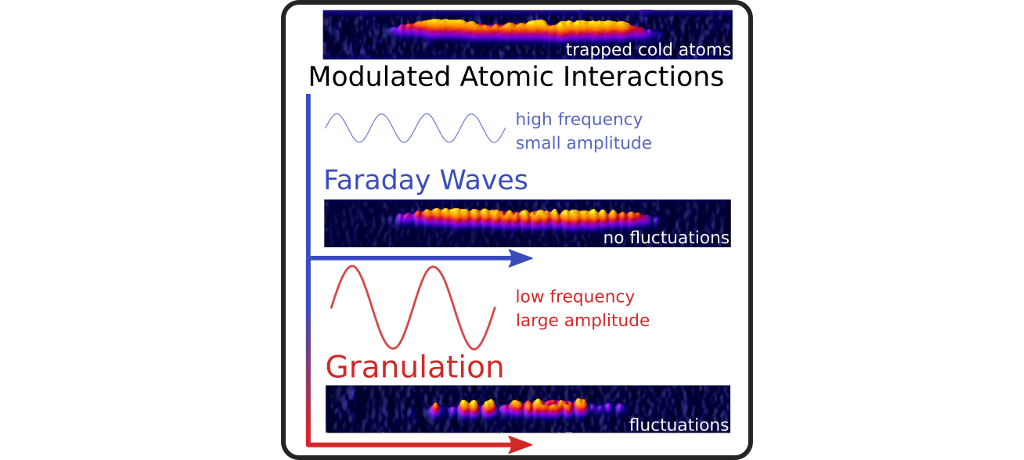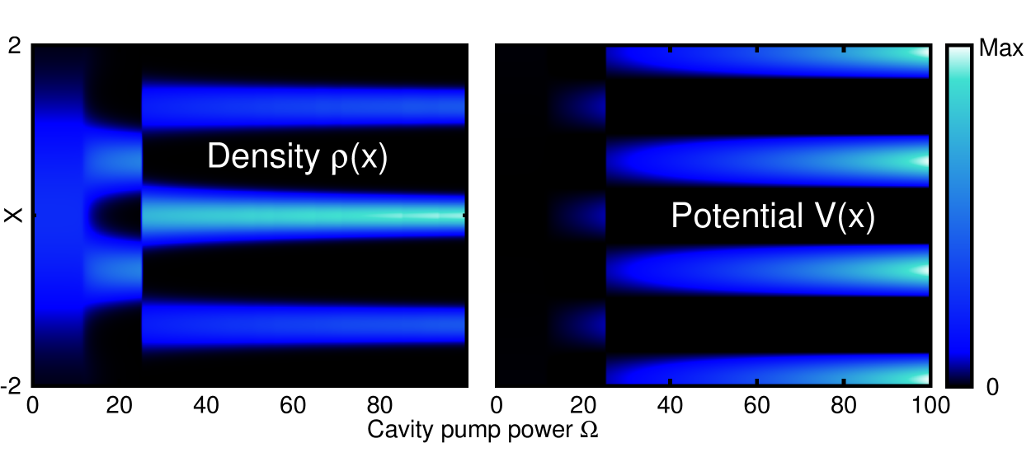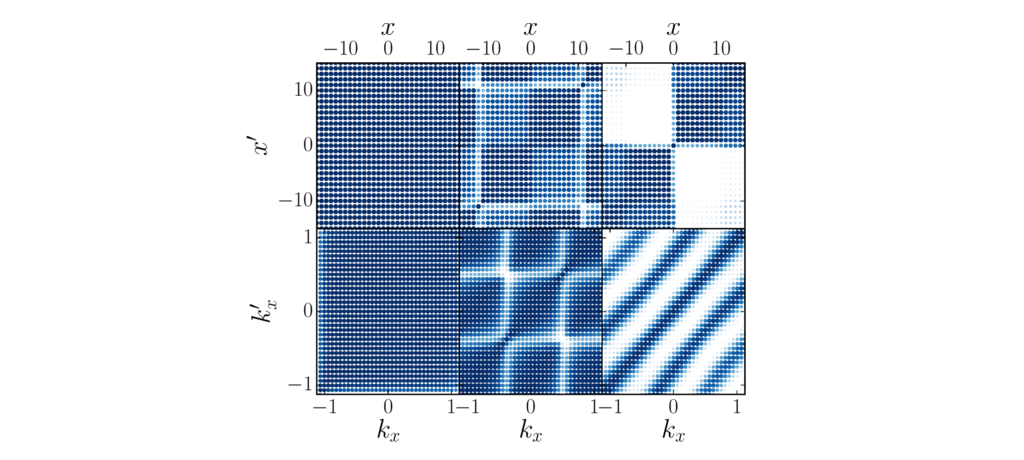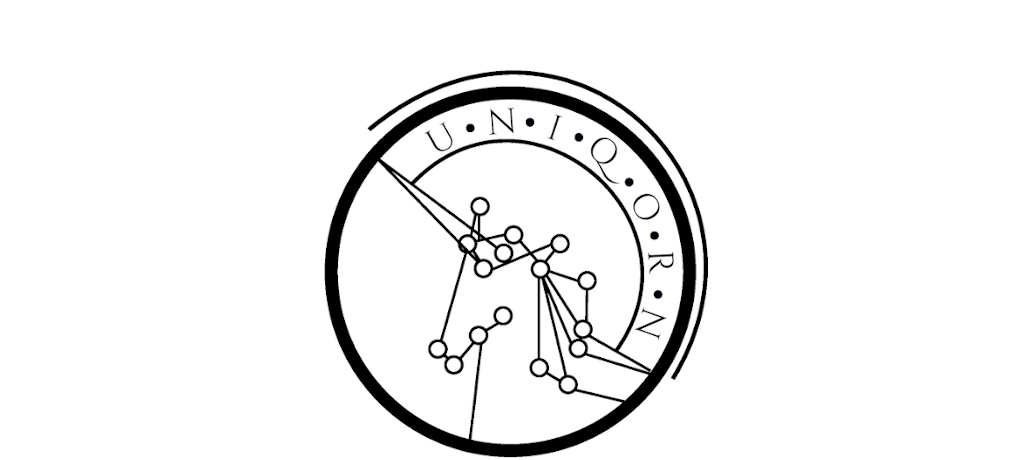Dr. Axel U. J. Lode
ContactAlbert-Ludwigs-Universität Freiburg Hermann-Herder-Strasse 3 Germany Â
|
 |
Â
Research interests:
Â
Measures for Quantum Many-Body Systems and Single-shot Images
One very general problem about quantum many-body physics is that even knowing the full solution to a problem might sometimes not be enough: The solution might be so complicated that one needs an appropriate tool to grasp the useful information contained in this solution. I try to tackle this question by developing new tools and measures to analyze and classify the plethora of phenomena in quantum many-body dynamics. Recently implemented and tested measures for quantum dynamics include several genuine many-body entropies, single-shot simulations, and high-order correlation functions.
Development and Applications of UNIQORN
The Universal Neural-network Interface for Quantum Observable Readout from N-body wavefunctions is a machine learning toolbox for reading observables from projective measurements of many-body wavefunctions like the single-shot images of ultracold atoms. UNIQORN is a set of python modules using TensorFlow to implement an optimized machine-learning-based observable extraction from single-shot images that outperforms conventional averaging approaches by far.

Development and Applications of the MCTDH-X package
MCTDH-X is a modern implementation of the MultiConfigurational Time-Dependent Hartree method for indistinguishable particles X . It is a program to solve the time-dependent many-body Schrödinger equation numerically for Hamiltonians with generally time-dependent or time-independent one- and/or two-body potentials for bosons or fermions. A graphical user interface facilitates the usage of the MCTDH-X package. For further reading and download, please click here.
Â
Interacting Ultracold Many-Body Systems
I use MCTDH-X to study bosonic and fermionic systems' properties and their detection in single-shot images in the crossover from weak to strong interactions as well as with and without angular momentum. The MCTDH-X idea can be adopted also for the case of optical lattices, i.e., Hubbard Hamiltonians. I'm also investigating what happens when many-body systems are coupled to photons in a cavity.
Â
Â
Useful Software
Â
Hits: 84422
